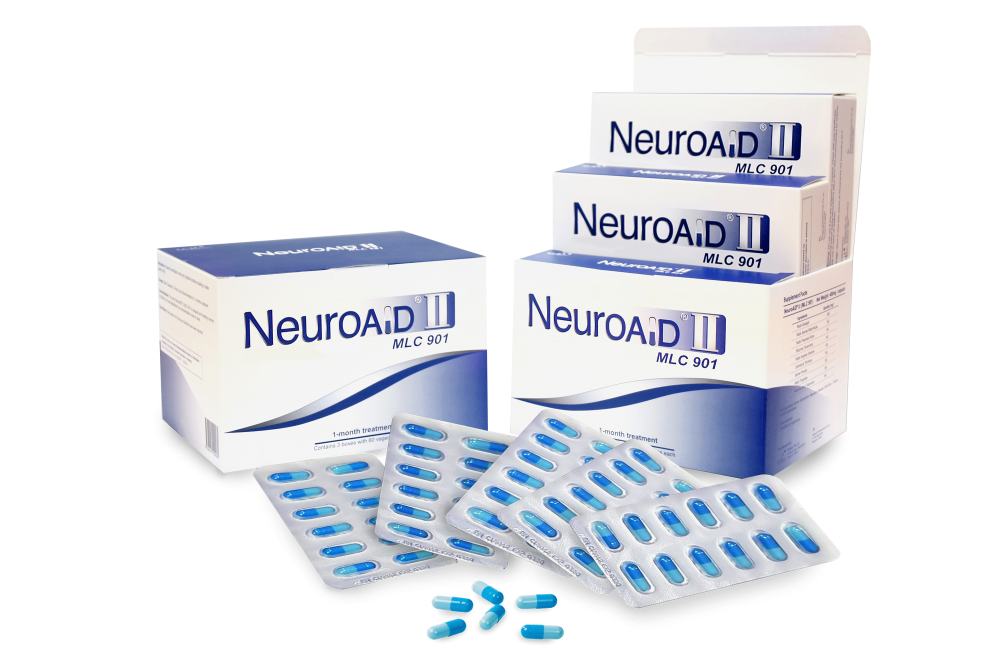There are many ways to tell if your pet had a stroke. One way to know is if the animal turns in circles or turns the wrong way when it is called. They will often walk with their head tilted to one side, much like a person that has facial droop. Some dogs will have difficulty standing because of the weakness in their legs. They may also have difficulty walking because the sense of balance is affected and the legs are likely to be weak.
Dogs who have had strokes are extremely lethargic. The will not come when called and may not even respond to food treats because they are so tired. Unfortunately, the dog will also have trouble controlling its bowel and bladder, sometimes vomiting. If your dog has these symptoms, you should get them to a vet as soon as possible. The sooner a stroke is treated, the better the outcomes for your pet. Your vet may not have a great deal of treatments for pet strokes, but they can give your pet the best shot at recovery.





